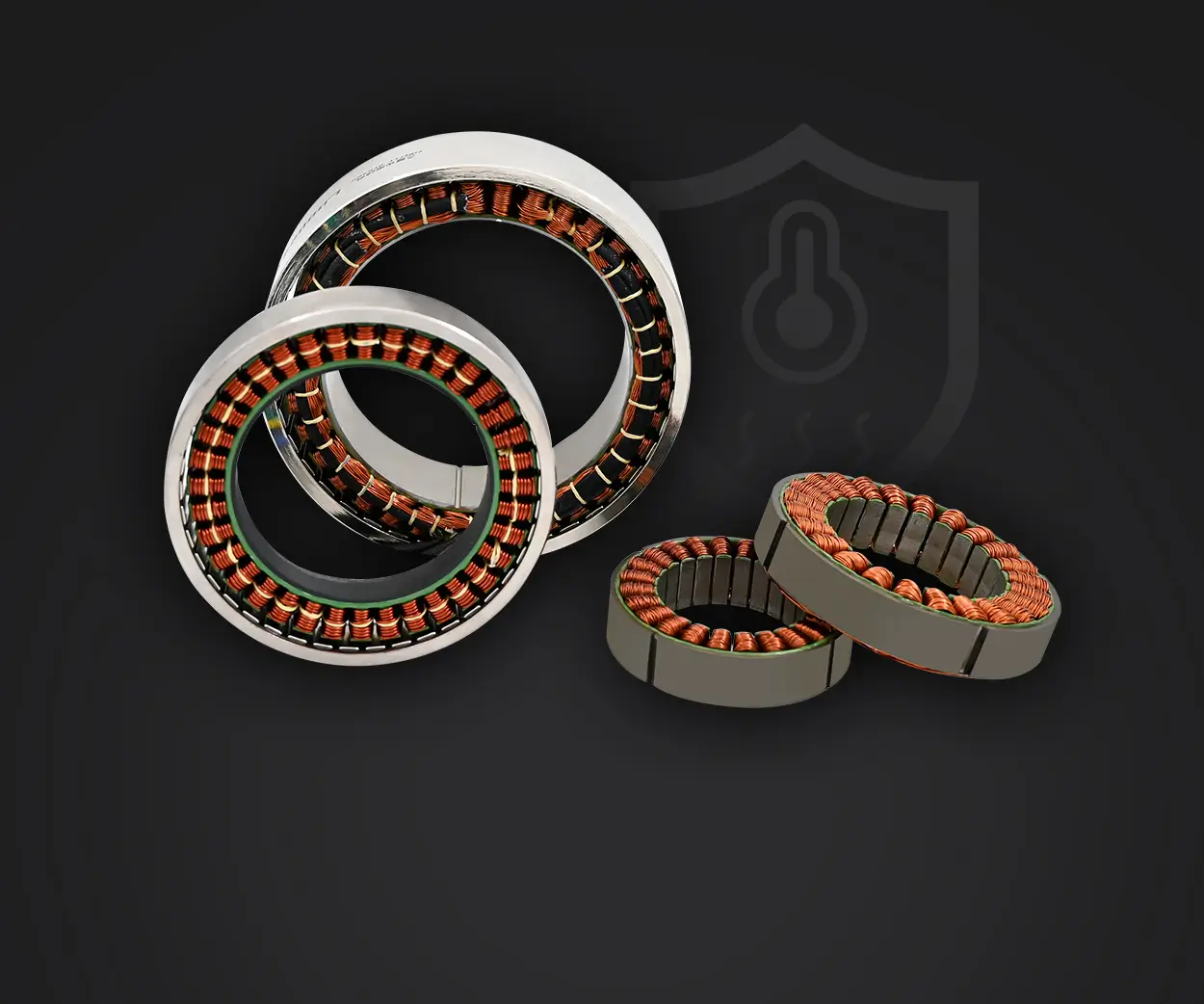Certainly! Here’s the first part of a captivating soft article centered around “small DC motor with gear,” designed to be engaging and informative. I’ll deliver it in the format you requested.

Unlocking Power and Precision: The Magic of Small DC Motors with Gears
In the expansive universe of electromechanical devices, small DC motors with gears stand out as versatile and reliable champions, quietly powering the gadgets and machines we rely on daily. These miniature but mighty devices blend simplicity with ingenuity, offering a combination of compact size, efficient performance, and adaptability — making them indispensable in everything from tiny robotic arms to sophisticated automated systems.
A Brief Overview: What Is a Small DC Motor with Gear? At its core, a small DC motor is an electric motor that converts direct current into mechanical energy, producing rotational motion. When embedded with an integrated gear mechanism—often called a gear motor—this device can transmit higher torque, reduce speed, or translate rotational motion into specific angles or speeds. The combination results in a powerful yet compact actuator capable of accomplishing tasks that demand precision and force in tight spaces.
Think of a small DC motor with gear as the “muscle” wrapped in the “brain” of a miniature robot. The gear assembly acts as the brain’s assistant—modulating power, controlling speed, and enabling fine-tuned movements. This symbiosis brings about a balance between power output and control, which is pivotal for many modern applications.
Why Are Small DC Motors with Gears So Popular? The popularity of these tiny motors is rooted in their unique set of features:
Size and Weight: Their compact profiles make them ideal for small devices where space is at a premium—think drones, wristwatch mechanisms, or portable gadgets.
Efficiency: They run quietly with minimal energy consumption, crucial for battery-powered devices aiming for long life.
Cost-Effectiveness: Their simple design translates to affordability, making them accessible for hobbyists, students, and industrial manufacturers alike.
Ease of Integration: Many small DC gear motors come with standardized fittings and voltages, simplifying assembly and customization.
Adjustable Performance: Gear ratios can be customized to suit specific needs, whether requiring a slow, powerful turn or rapid, lighter motion.
Components of a Small DC Gear Motor Understanding how these components work together offers insight into why they’re so widely used:
Motor Unit: The heart of the device, usually an electromagnetic coil assembly that spins when energized.
Gearbox: An arrangement of gears—spur gears, planetary gears, or worm gears—that modifies the motor’s output.
Shaft: The part that delivers rotational force to external components.
Housing and Mounts: Protect and secure the assembly while allowing easy mounting in various devices.
The Role of Gear Mechanisms Adding gears isn't just about size; it’s about customizing performance. Different gear configurations can:
Increase Torque: By gear reduction, the motor’s strength amplifies, ideal for lifting or pushing applications.
Reduce Speed: For tasks needing precise and slow movement—like robotic arms or camera autofocus—gearboxes slow down the motor’s high rotational speed.
Improve Accuracy: Gear ratios enable fine incremental movements, which are essential in robotic joints or precision instruments.
Distribute Load: Gears spread forces evenly, prolonging motor life and enhancing reliability.
Essential Considerations When Choosing a Small DC Gear Motor Selecting the ideal gear motor depends on several factors:
Voltage and Current: Match your power source with the motor’s specifications to ensure optimal performance.
Gear Ratio: Determine whether you need more torque, finer control, or higher speed.
Size Constraints: Ensure the motor fits within your device's spatial limitations.
Load Requirements: Factor in the weight or resistance the motor will handle.
Environmental Conditions: Consider temperature, humidity, and exposure to dust or water.
Understanding these elements can help you find a perfect match for your project, whether it’s a small robot, a 3D printer component, or automated home appliances.
This concludes Part 1 of the article. In Part 2, we’ll explore real-world applications, innovation trends, and tips for selecting and maintaining small DC motors with gears. Stay tuned!
Leveraging innovations in modular drive technology, Kpower integrates high-performance motors, precision reducers, and multi-protocol control systems to provide efficient and customized smart drive system solutions.




































